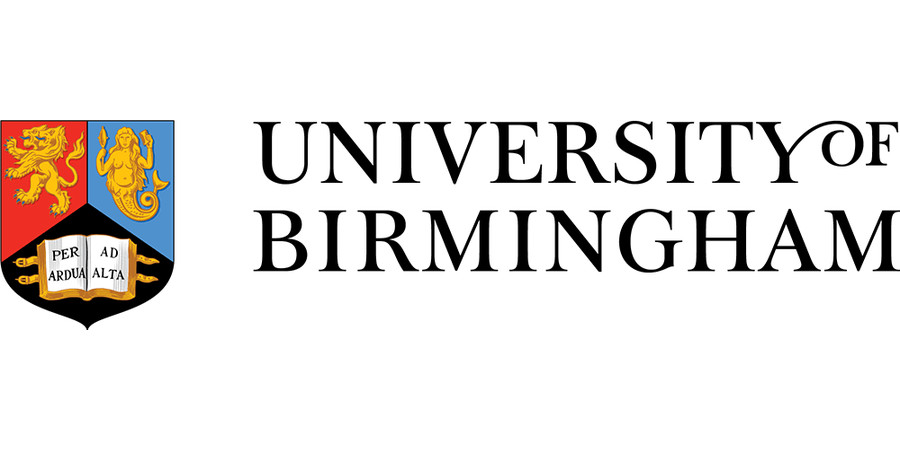PhD Studentship: Understanding Interfaces: Structural Materials and Tungsten-Based Ceramics for Fusion Shielding in Spherical Tokamaks
University of Birmingham - School of Metallurgy & Materials
| Qualification Type: | PhD |
|---|---|
| Location: | Birmingham |
| Funding for: | UK Students |
| Funding amount: | A tax-free stipend |
| Hours: | Full Time |
| Placed On: | 23rd April 2025 |
|---|---|
| Closes: | 23rd July 2025 |
A 3.5-year UK PhD studentship is available at the University of Birmingham with a tax-free stipend. The project is collaborated with world-leading institutes and private fusion: Tokamak Energy, Forschungszentrum Jülich in Germany, CNRS-Orsay in France, and Oak Ridge National Lab/University of Tennessee in the US.
Background:
Spherical Tokamaks (ST) combined with high-temperature superconducting (HTS) magnet technology is emerging as a key commercial fusion solution promising pilot plant concepts that can be deployed in the 2040s. Tokamak Energy, a leading private fusion company in the UK and the UK Atomic Energy Authority’s STEP pilot plant programme are both based on a spherical tokamak concept. A key challenge with STs is its limited volume that brings the fusion plasma closer its life-limiting “centre-column” component, that houses the highly sensitive HTS magnets. HTS being susceptible to damage from neutron irradiation and heat means they must be protected by spatially efficient shielding materials – which are largely based on the tungsten carbide WxCy and/or WxBy tungsten boride systems. Such shields also require metallic support and/or cooling structures enforcing several metal-ceramic interfaces. While the ceramic shield choices are fairly limited, the support or cooling structures can range from a variety of metallic alloys – with leading candidates being austenitic steels, reduced activation ferritic-martensitic steels, vanadium alloys to name a few. Regardless of which metallic structure is down selected, a key degradation mechanism in the shield configuration is anticipated to be physical- and chemical interaction at the interfaces/joints under the effects of neutron bombardment, high temperature and high heat flux – the knowledge of which is currently largely missing in the fusion community.
The Project:
This PhD project will evaluate the effect of long-term thermal ageing, irradiation, high-heat flux and thermo-mechanical stress on microstructural, physical and chemical degradation of metal-ceramic interfaces and/or joints envisaged in Tokamak Energy’s centre-column shield design. The study will focus on the following key questions:
- Understanding chemical interactions at high temperatures and stress between WxCy and WxBy ceramic shields, and metallic support/cooling structures.
- Understanding the microstructural evolution of metal-ceramic interfaces under neutron & ion irradiations.
- Mapping metal-ceramic interface failure when exposed to steady-state (upto ~50 MW/m2) and transient heat loads (>1 GW/m2) via high heat flux testing.
Supervision and International Collaborations:
You will be based at the University of Birmingham and will be co-supervised by industry leaders from Tokamak Energy (https://tokamakenergy.com/). You will have access to state-of-the-art facilities at the university, at the industry partner and with several partnering institutions worldwide. This project will involve multi-national collaborators, and so you will have a unique opportunity to engage with fusion leaders from Forschungszentrum Jülich in Germany, Oak Ridge National Lab/University of Tennessee in the US and CNRS-Orsay in France. You will also interface with key industrial suppliers for improving manufacturing processes using the data generated in the PhD.
Who we are looking for:
A first or upper-second-class degree in an appropriate discipline such as, materials science and engineering, nuclear engineering, fusion energy, chemical engineering, physics, chemistry, mechanical engineering to name a few. No prior experience is mandatory. Some knowledge of fusion basics and/or microstructural characterisation would be advantageous. A driven individual with an inquisitive mind.
Contact:
Informal inquiries should be sent to Professor Arun Bhattacharya – a.bhattacharya.1@bham.ac.uk, Dr. Samara Michelle Levine – Samara.Levine@tokamakenergy.com and/or Dr. Sandeep Irukuvarghula (Sandeep.Irukuvarghula@tokamakenergy.com). Please include your CV and transcripts.
Advert information
Type / Role:
Subject Area(s):
Location(s):









